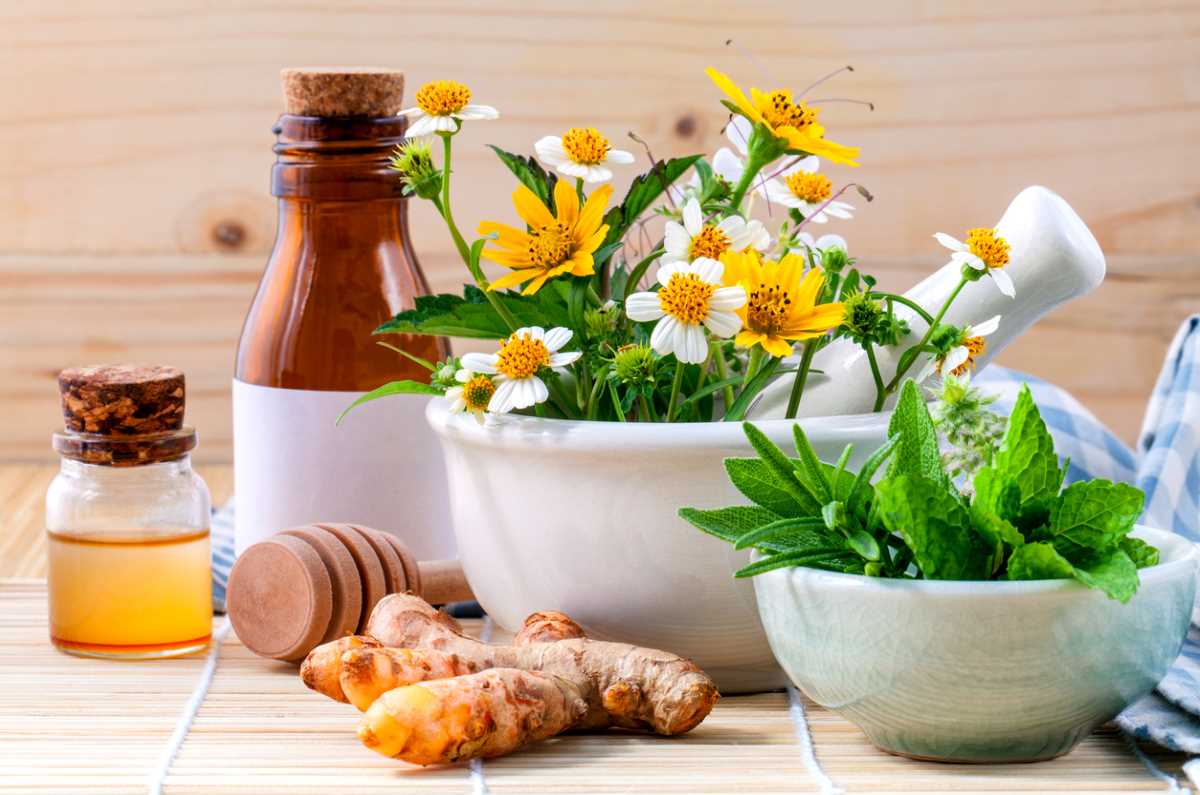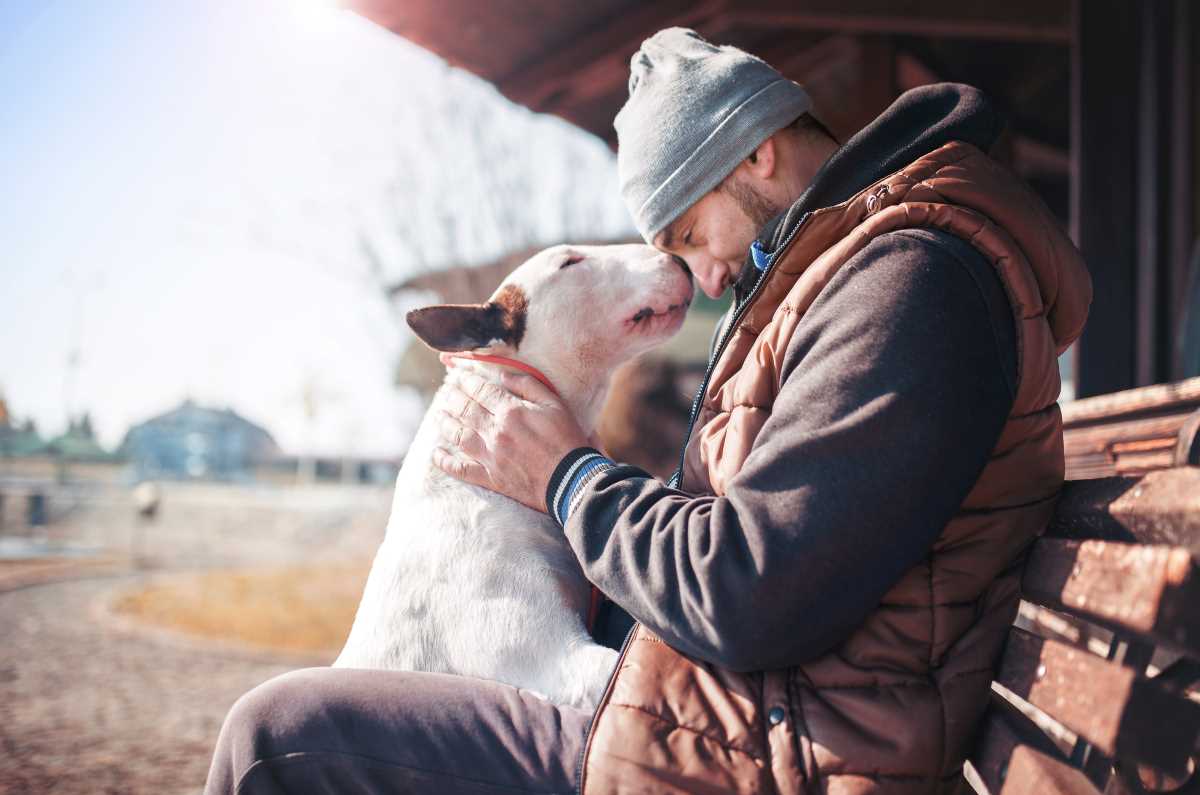Living with one chronic condition can be tough; however many people live with more than one chronic condition – and that can be really challenging.
In our report: Making the invisible visible, we revealed that:
- 57% of the people who responded to our survey had 2 or more musculoskeletal conditions, and
- 80% had other health conditions such as high blood pressure, mental health conditions, gastrointestinal conditions, respiratory conditions and diabetes.
So what does it mean to live with more than one chronic health condition?
It means that most of the time you have many balls in the air, and you quickly become an expert at juggling.
Your time, energy, and focus are on so many different things – how you’re feeling that day, your healthcare appointments, medications, exercise programs, diet, managing your mental health and emotions, dealing with work/study, managing family and social commitments, getting enough sleep, practising self-care. The list goes on and on.
This can be challenging – and exhausting. But there are some simple things you can do to prevent dropping any balls so you can get on with living your best life.
Juggling 101
Know your conditions. It’s important to be as knowledgeable as you can about all of your conditions. What causes them to flare? What things keep them in check or under control? What things can you do to manage them to the best of your ability? To find out more:
-
- Talk with your doctor if there’s something you don’t understand about your conditions or health in general.
- Call the MSK Help Line – 1800 263 265 or email helpine@msk.org.au – and speak with our nurses about your musculoskeletal condition/s.
- Search the Australian Government Healthdirect website for information and links to websites for information on other health conditions.
Understand how your conditions may impact each other. Often the symptoms of, or treatments for, one condition can aggravate another. For example, if you’re not sleeping well because of back pain, your anxiety may become worse, as you feel tired and less able to cope with day-to-day stresses. Or the medication you take for one condition may affect your ability to focus or concentrate, which may add to the brain fog you already experience due to fibromyalgia.
By understanding how one condition may affect another, you can act quickly and get on top of any problems as soon as possible. Talk with your doctor as soon as you notice any worsening of symptoms or any new health issues.
Know the ins and out of each of your treatment plans, and follow them. That means knowing your medications (including the active ingredients and potential side effects), your exercise program, pain management strategies, dietary requirements, and the self-care practices that ensure your conditions are well-managed. Some of these things will overlap – exercise is important for musculoskeletal health, and for heart health, diabetes, mental health conditions, etc. But others may require more planning – for example, your medications may need to be taken at different times to avoid interactions. That’s why you should know as much about your own health as you can, and take an active role in managing it.
Work with your healthcare team. They’re your support team and provide information, support, treatment, and encouragement to help you keep functioning. And there are some easy things you can do to get the most out of your time with them:
- Be prepared for your appointments. Take a list of any questions you have, and put them in order of most important to least, just in case you run out of time.
- Take your condition/symptom tracker to discuss any issues you have around things like sleep, exercise, diet, medications, etc. If you don’t have a tracker, write down the things you’ve been doing, any changes you’ve noticed, before you go to your appointment.
- Ask for a longer appointment if you need more time to discuss any issues or concerns.
- Talk with your doctor about getting a Chronic Disease Management Plan and/or a Mental Health Care Plan (if you haven’t already done so).
Embrace alerts and routine. When you’re trying to manage multiple health conditions, and your other commitments, it’s easy to drop the ball if you’re not super-focused. Add a drop of brain fog and a pinch of fatigue, and things can go sideways very quickly. That’s when alarms/alerts, and routines come in.
- Set an alarm or alert on your phone, watch or clock to remind you when it’s time to take your medications, go to appointments, take an exercise/stretch/meditation break.
- Develop a routine around some of your daily activities. For example the timing of your exercise program – e.g. always before breakfast, or always after you’ve showered and loosened up. Or sleep – always going to bed at 10pm and getting up at 6.30am every day. Or looking after your mental health – e.g. practising guided imagery/mindfulness/visualisation 1 hour before going to bed.
By having a routine it becomes second nature and you’re less likely to forget to do these things or have other activities intrude on this time.
Ask for help when you need it. From your family, friends, healthcare team, or support organisations like Musculoskeletal Australia. None of us is invincible, and we all need help from time to time.
Take care of your mental health. Whether you have a mental health condition or not, we need to be aware of how we’re feeling. Trying to juggle multiple health conditions is stressful, and we can have days when we’re depressed, angry, anxious, sad or overwhelmed. Fortunately, there’s a lot of information and resources to help you manage. To start, check out Head to Health, Beyond Blue, and Smiling Mind. And if you think you need professional support, talk with your doctor about accessing a Mental Health Care Plan.
Seek help if you’re dealing with financial stress. Living with a chronic condition can be expensive. Medications, healthcare appointments, time off work (or not being able to work), exercise classes, complementary therapies, and aids and equipment, are costly on top of everyday expenses. When you multiply that by the number of conditions someone has, it can quickly strain the budget. If you’re worried about your finances, read our blog ‘Money, money’ money’ for tips and strategies to help.
Acknowledge how well you’re doing. Research has shown that people with multiple chronic conditions are resilient and are experts at practising self-care and becoming advocates for their own health. So give yourself a pat on the back. You’re working really hard. You should feel proud of how much you’re accomplishing – even on the days when getting out of bed was an effort. You’re doing it. Be proud.
Juggling is hard – but you’ve got this
Keeping all your balls in the air and providing them with time, energy and focus can be difficult. Sometimes it feels like the balls’ weight has changed and suddenly your evenly matched tennis balls have become a tennis ball, two bowling balls, three flaming batons, and a very angry cat.
Because in our everyday lives, the importance of our daily tasks – work commitments, family duties, social engagements – change all the time. And how you’re feeling, the symptoms you’re experiencing, how much pain you’re in, or how tired you are – that constantly changes too.
But unlike actual performance juggling, you can decide to put some things down. You can set them aside and focus on the activities or tasks that require the most focus and energy.
You’ll get back to the others when life returns to ‘normal’. But until then, you, the master juggler, will do the best you can with the circumstances and resources you have. You’ve got this.
You need not feel guilty about not being able to keep your life perfectly balanced. Juggling everything is too difficult. All you really need to do is catch it before it hits the floor. Carol Bartz
Contact our free national Help Line
If you have questions about managing your pain, your musculoskeletal condition, treatment options, mental health issues, COVID-19, telehealth, or accessing services be sure to call our nurses. They’re available weekdays between 9am-5pm on 1800 263 265; email (helpline@msk.org.au) or via Messenger.
More to explore
- Making the invisible visible: Australians share the impact of musculoskeletal conditions on their lives
Musculoskeletal Australia - Chronic conditions and multimorbidity
Australian Institute of Health and Welfare - Learn to juggle 3 balls – Beginner tutorial
Taylor Tries
























